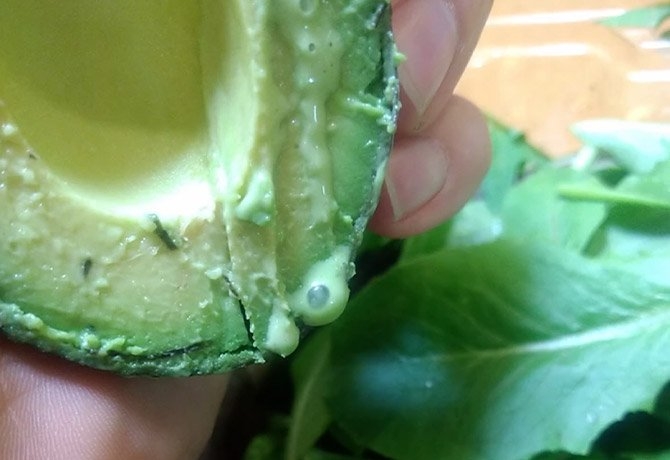A brief stroll down the oil isle at any supermarket will present a huge array of cooking oil options, likely starting with a wall of pale yellow, clear-bottled industrial seed oils likely labelled as “heart healthy.” These cheap options seem alluring, especially when compared to the more expensive and exotic coconut, macadamia, and avocado oils a little further down the row. But is this a case of you-get-what-you-pay-for?
It doesn’t take too much digging to learn that the vaunted AHA “hearty healthy” stamp doesn’t necessarily mean much and that large companies, at the right price, can ensure even a box of sugary, processed, nutrient void cereals bear the label as well. Without even getting into the issues of lobbying and where money may or may not be changing hands behind the scenes, a keen observer has good reason to be skeptical about what’s actually healthy for one’s heart. But short of watching yet another documentary and taking elaborate notes, how can we easily choose an oil to cook with? Shouldn’t there be some basic “First Principles” we can fall back on?
Absolutely.
Probably the easiest way to inject some discernment with one of our major dietary components is to ask whether a particular cooking oil would have been available to our grandparents. You know, people who lived rather healthfully with far fewer incidents of metabolic syndrome and had no issue laying on the lard. But I could imagine certain trendy oils that have become available now that are perfectly healthy and good to cook with that may not have been available a generation ago when globalization wasn’t what it is today.
Enter the squeeze test.
If I were to hold the original whole food, could I easily squeeze or press oil from it? Consider corn. We see corn oil amongst the floor to ceiling wall of processed liquid fats, but have you considered how corn, as a food, is very low in fat? If you boiled it and mashed the kernels with a fork, you wouldn’t see a whole lot of oil emerging. In fact, it takes a 56 pound bushel of corn to produce just 1.6 pounds of oil.[1] That’s a mere 2.8% yield. You could imagine how much extra processing it takes to get the stubborn oil out of each kernel. When it comes to canola oil, an oil that extracted from a genetically modified rape plant (that’s not a typo), processors use hexane, a petroleum-based solvent, and extremely high heat, upwards of 450 degrees Fahrenheit, to extract the oil. This degrades the fat molecules and leaves a substance that causes widespread oxidative damage in our bodies and was entirely unknown to humans until about 100 years ago.[2, 3] Compare that to avocado oil. Avocados range from 16-30% oil content, depending on ripeness and species, and require minimal processing to extract the oil. [4] Similar to olive oil extraction, it’s best to find products that are “first cold pressed” to ensure there’s been minimal degradation to the product. While manufacturers can produce a greater quantity of oil with additional solvents and heat, the quality degrades. Thus “extra virgin” aka “first cold pressed” should be your standard when choosing plant-based oils like olive, coconut, and avocado.
When it comes to using animal fats, while I wouldn’t recommend finding a pig to squeeze, we can still imagine intuitively that minimally processed fats in this category fall in to the realm of “good fats.” If you’ve ever held a raw slice of bacon, guaranteed it will leave a greasy mark on your palm. Processing animal fats typically just involves butchering the animal, collecting the fattiest sections, and rendering the fat down at a heat closer to boiling, far more gentle a heat than would be needed with canola oil. Humans have been rendering fat like this for centuries, over many generations that didn’t suffer the damage our current generation has gone through by swapping the tallow for the margarine.
One note of caution with animal fats: lean more heavily towards fats from pasture raised animals vs conventional feedlot animals. Animals tend to store toxins and waste products in their fat tissues and those raised on concentrated feed lots (ie non-pastured), have much higher levels of toxins in their fats than those raised more humanely. This is in part due to their diets; feedlot animals are fed vast amounts of pesticide-laden corn, and those pesticides end up in the fat of the animal. [5] You should also apply this caution to your butter choices as well.
Epic Provisions and Vital Farms are two prominent companies that are bringing back the goodness of pastured animal fat back to the market. Check out your local health food stores and farmers markets to see what “squeezable” fats are available to you today.

